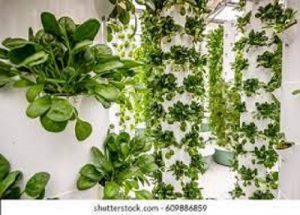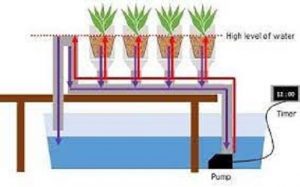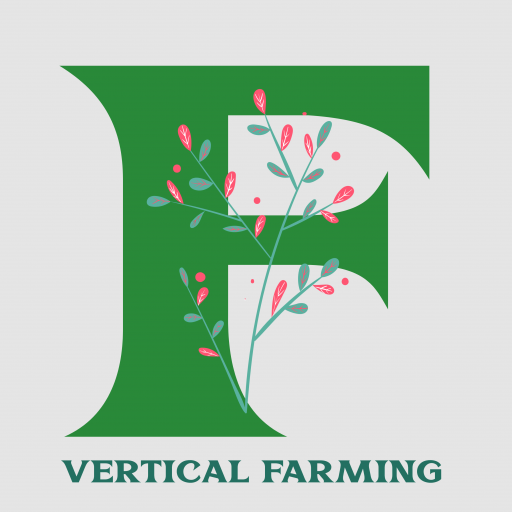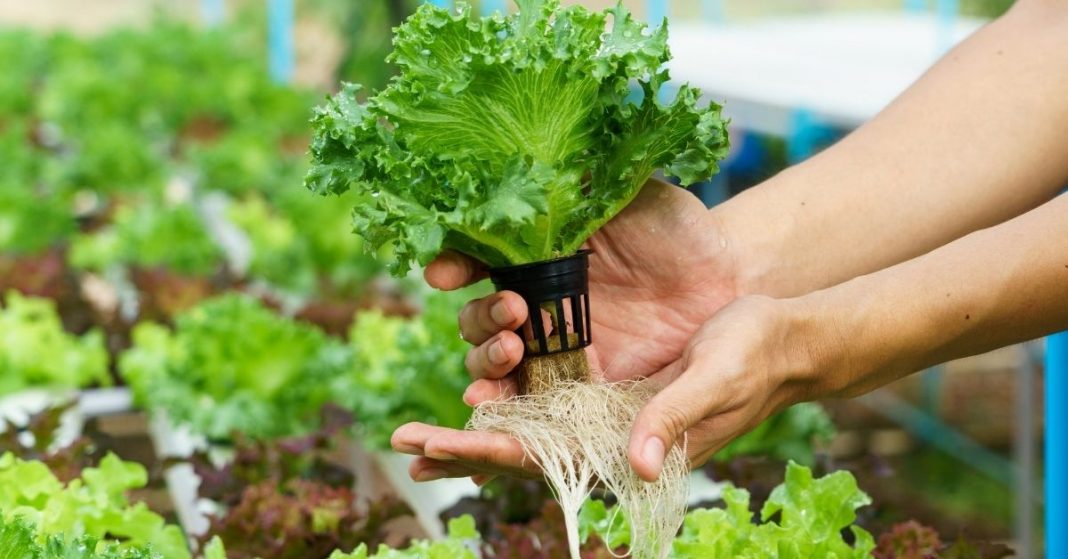#.The Top Hydroponics for Beginners at home in 2022.
What is hydroponics?
Hydroponics is a method of growing plants in soil. When using hydroponics, the plants are grown directly in water, which is then mixed with the solution of nutrients. The plants absorb nutrients from the soil. But, hydroponics doesn’t make use of soil to develop. Where does this plant obtain its nutrition? Plants absorb nutrition directly from water. Incorporating a nutrient solution into the water enables the plants to obtain the nutrients they require in the water. The roots of the plants develop directly in the water solution and absorb the nutrients that support their growth. Growing mediums provide physical support for the plant. Rockwool is the most commonly used growing medium. You can also make use of coconut coir, gravel, perlite, and vermiculite.
What is hydroponics and how can it help beginners?
Hydroponic gardening isn’t reserved for experienced gardeners or commercial farms. Actually, hydroponics for novices is a very popular topic on the internet. Anyone can cultivate their plants using hydroponics, even if they do not know what it is.
“Hydroponics” is the term used to describe any way of cultivating plants without soil, using just minerals and nutrient solutions and water. Plants can be grown using their roots submerged in mineral solutions, or with perlite, gravel, or any other medium.
Hydroponics for Beginners: Why Grow Hydroponically?
The reasons are numerous to cultivate your plants in a hydroponic system, however the most prevalent reasons include increased yield and faster growth. When you have a functioning aquaponics system, the plants must have the proper quantity of water, nutrients and sun.
Plants can meet their essential requirements without consuming energy to extract nutrients from soil, they can focus on growing. Hydroponics is the best method to cultivate your plants.Another reason you should consider growing you plants with hydroponics is that you don’t have a lot of soil. Anyone who has an indoor gardening space knows how messy it could be. The effort of planting, repotting and feed your garden on the table or counter can cause chaos. It’s true that hydroponic gardening could result in spilled water or even stray clippings. However, these mess-ups are less difficult to clean than soil that is dark and settling in your carpet.
Hydroponics for beginners Hydroponics offers many advantages It has many advantages, such as:
- Faster growth. Plants grow faster than soil counterparts.
- Higher yields. Hydroponic plants are more productive than those that are grown in soil.
- It doesn’t require soil. Hydroponics is cleaner because it does not require soil.
- Space-saving. Plants can be grown in less space since they don’t require spreading their roots to obtain nutrients.
- Water-saving. Hydroponics covers the reservoirs to stop the evaporation of water, thus saving money.
- There aren’t any plants. In hydroponics, there’s no weeds that annoy many gardeners.
- Less pests and diseases. You can avoid soil-borne diseases as well as pests.
Hydroponics for Beginners – Selecting an Hydroponic System
There are six primary types of hydroponics systems to pick from. Each system uses nutrients and water, and do not require soil. The essential components are the same, however, each one of these systems will meet your requirements in a different way.
Types of Hydroponic Systems
There are many hydroponic systems that you can choose from. Each has its own pros and cons. What distinguishes each of the systems is the way they distribute water, nutrients, as well as oxygen. The most popular systems that home gardeners utilize are:
- Deepwater Culture (DWC)
- Ebb and Flow (Flood and Drain)
- Nutrient Film Technology.
- Wicking
- Aeroponic
- Drip
Water Culture
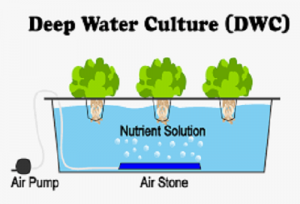
One of the most simple and cheapest methods can be Water Culture. The plant is put in a basket over the reservoir, which is filled with nutrient solution. The roots are lowered completely submerged in the solution. Since the roots are always submerged, they’ll need aeration to avoid suffocation. Aeration is possible by the help of an
an air-pump, air stones or an evaporation system that produces air bubbles.
Nutrient Film Technique (NFT)
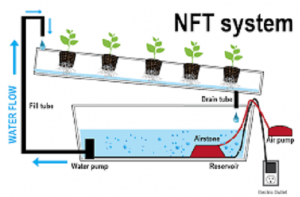
It is the Nutrient Film Technique is yet another easy system that is a favorite for backyard gardens. It involves a small stream of nutrient solutions that flows through a downward-inclined channel. The plants’ roots are entangled in the stream and absorb nutrients from the constant flow. This method is ideal for fast-growing, small plants like lettuce, herb and the baby greens.
Aeroponic
Aeroponic systems provide an environment for roots that gives as much oxygen as is possible. The roots rest in midair inside a growing chamber with no growing medium, meaning every part of the root could be exposed. In the growing chamber, they are spraying at frequent intervals using aeroponic sprays. The misters supply plants with nutrition solutions as well as prevent root tissues from becoming dry.
It is the Ebb and Flow, or Flood and Drain, the technique makes use of the use of a hydraulic pump that is controlled by the clock. The pump floods, and then flushes the root system by releasing liquid and nutrients. The water is able to reach a height at which it soaks the roots, and any excess water flows into an overflow channel. When the pump is shut off at the time specified it drains the water back to the reservoir. It remains in the reservoir until it is turned on. This system supplies the roots with periodic periods of oxygen and air as well as nutrients and water.
Drip
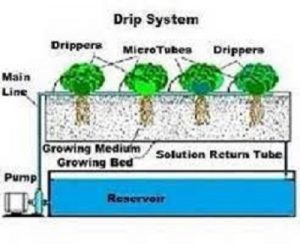
It is a drip system can be described as a basic concept that works exactly like it is described. The roots of the plants are planted in a growth medium such as perlite, or even gravel. After that, a solution of water and nutrients is drawn out of a reservoir, via tubes, and then dripped into the roots. The roots and the growing medium are soaked before the solution flows in the reservoir, and is pumped back into the reservoir. This method is ideal for plants that have large root systems. It is effective because the medium used for growing retains a portion of the moisture, and helps keep large root systems hydrated.
Tips for the best way to Develop Hydroponics for Beginning Gardeners
The tips below can help make the process of hydroponic gardening for novices simple and enjoyable.
Get the Best Hydroponic System for Beginning Gardeners
There are a variety of hydroponic systems that growers can use. They differ in the way they function and the equipment they require as well as the price, and the difficulty of maintaining. For those who are just beginning, a basic water-based system is the best. An intricate and difficult-to-maintain system may frustrate the beginner. Pick a method that is designed to make hydroponics fun for newbies and simple.
Select Plants That are easy to grow hydroponically
Plants that are simple and quick to cultivate are the ideal choice for hydroponics beginners. Fast-growing plants can help a novice. The vegetables and the herbs are great plants for those who are new to gardening. Hydroponically grown vegetables include lettuce, kale, Swiss chard, and spinach. Herbs like mint, parsley, oregano as well as basil can also be grown best hydroponically. There are other options to consider for fruits-producing plants like chili peppers tomatoes and strawberries.
Find The Right Equipment
Hydroponics for beginners is simple if you use equipment that is simple to install. Different systems for hydroponics have different requirements for equipment. You may choose to keep it rather simple and opt for an approach that will require the use of readily accessible equipment. One of the most efficient hydroponic setups for beginners is mason hydroponics in jars. Mason Jars require a small set up and you’ll have a Mason Jar hydroponic garden in the blink of an eye.
Select The Most Effective Medium
Rock wool is among the most suitable hydroponics media for newbies since it doesn’t require sterilizing. There are other options including coconut coir perlite and vermiculite. But, make sure to sterilize the mediums prior to planting.
Make sure the conditions are correct
Different plants require different conditions to thrive. Be sure the plant’s environment you design is appropriate to the plant you want to grow. They will need sunlight in order to grow. Be sure to give your plants access to the right amount of sun. If you’re growing indoors, then using LED lights for your plants is an excellent alternative. The temperature is also crucial for the growth of plants. Be sure that the temperature is appropriate that the species you are growing.
Get the Best Nutrients
Hydroponic plants to obtain their nutrients in the waters they are grown in. Therefore, it is important to choose the correct nutrition solution. It is best to choose a solution for nutrients that is specific to the kind of plant you wish to cultivate. Additionally, you should select the appropriate proportion to suit how much water you will need and the plants you plant.
Start A Hydroponic Beginners Kit
Kits for hydroponic gardening can help you know how to cultivate hydroponics for beginners in a fun and easy method. Buy a kit, and you’ll have great fun with your plants.
Hydroponics for Beginners
Growing Kits Kits for hydroponic gardening come with everything you need to know about the tools, materials, and equipment you require to get started developing your hydroponic plant. Kits are a great option for hydroponics at home for newbies.
Smart Garden Indoor Herb Garden Starter Kit for Beginners

This clever indoor garden kit comes with an automatic control panel to control lighting fixtures made of LED. It’s not necessary to fret when there is no one at home. You’ll have access to your most loved herbs all season. It also looks nice and makes a great decoration for your cabinet in the kitchen. This kit can be used for planting up to 4 plants at the same time.
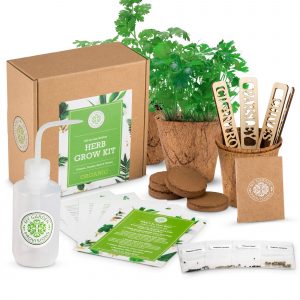

It is the Grecian Hydroponic Gardening Kits that enable you to grow the majority of plants and herbs with no soil. A water pump provides oxygen and nutrients to the plants. The kit includes 12 pod slots that allow you to plant 12 plants. You can however opt not to utilize the holes if cultivating larger plants. The light hood’s light is adjustable which allows you to make more space for growth in your garden.
Aero Garden Indoor Hydroponic Garden

This kit for aero gardening includes six pod seeds as well as an all-plant nutrition mix that will last to provide a whole period of growth. It is possible to grow as many as six different plants at the same time. The kit is simple to use. It alerts you when you need to replenish your water and other nutrients. The LED lights come in a sequence of turning on and off. Hydroponics for beginners is simple and fun if you’re in the right place. This article will provide you with all the information you require to begin. FAQs on Home Hydroponics for Beginning Gardeners
FAQ
Where can I get started with my own hydroponics system from home?
The most efficient and quickest method of starting your own system of hydroponics at home is to use the starter kit. Kits for starters are less costly and simple to use and come with everything that a homeowner who is new to gardening wants.
Which are the most simple hydroponically grown plants?
There are many species that thrive in hydroponics. Lettuce, tomatoes, and peppers are among the easiest to grow.


